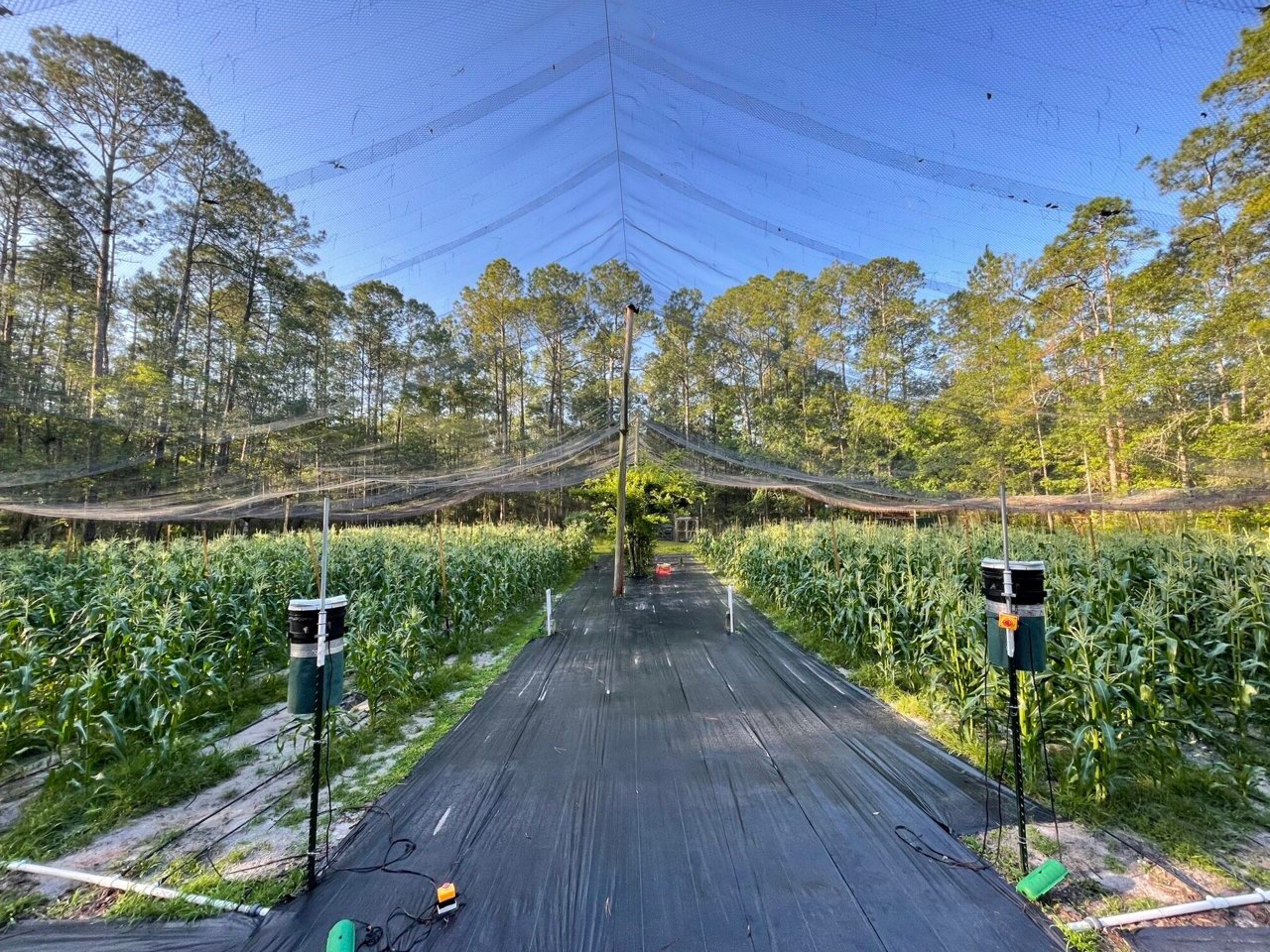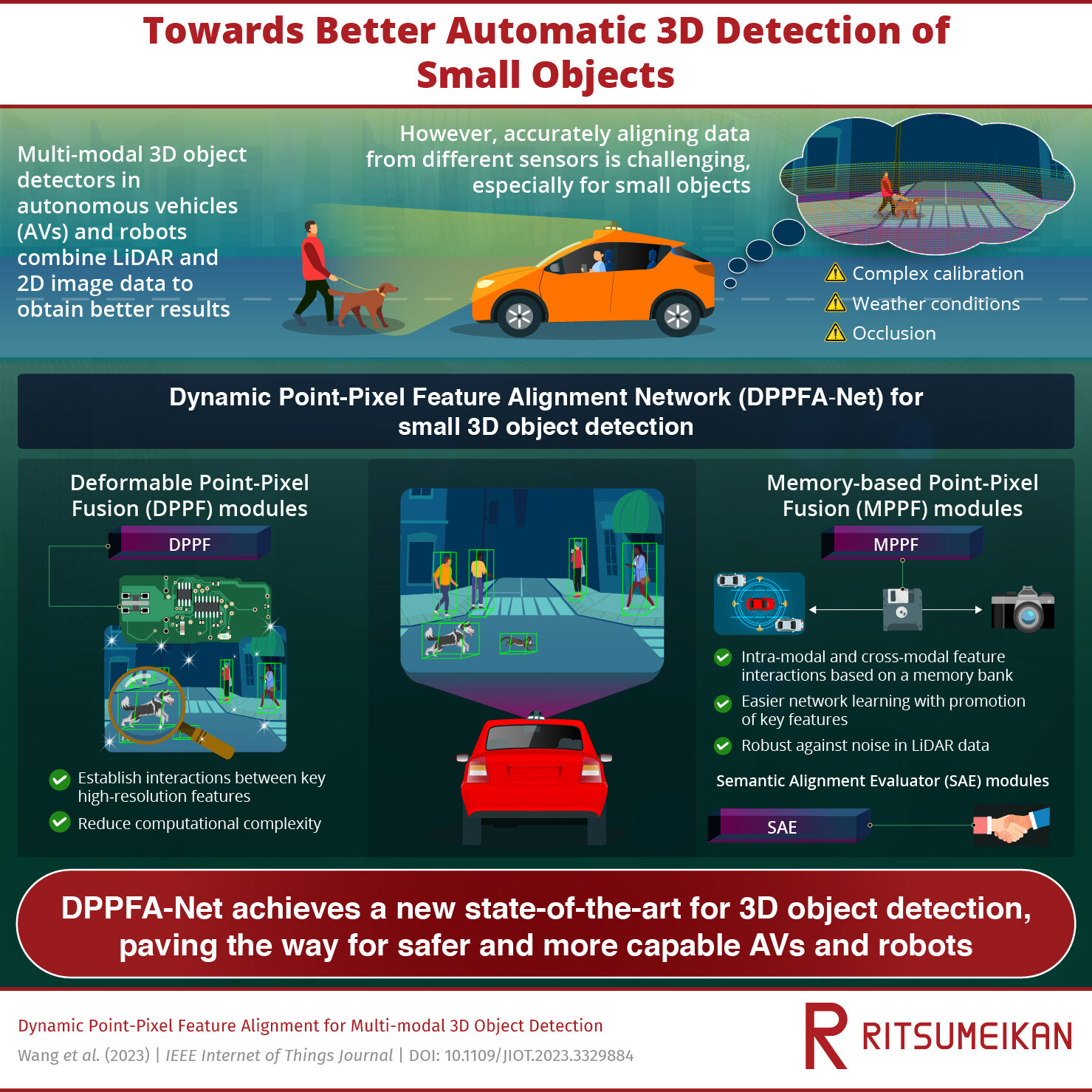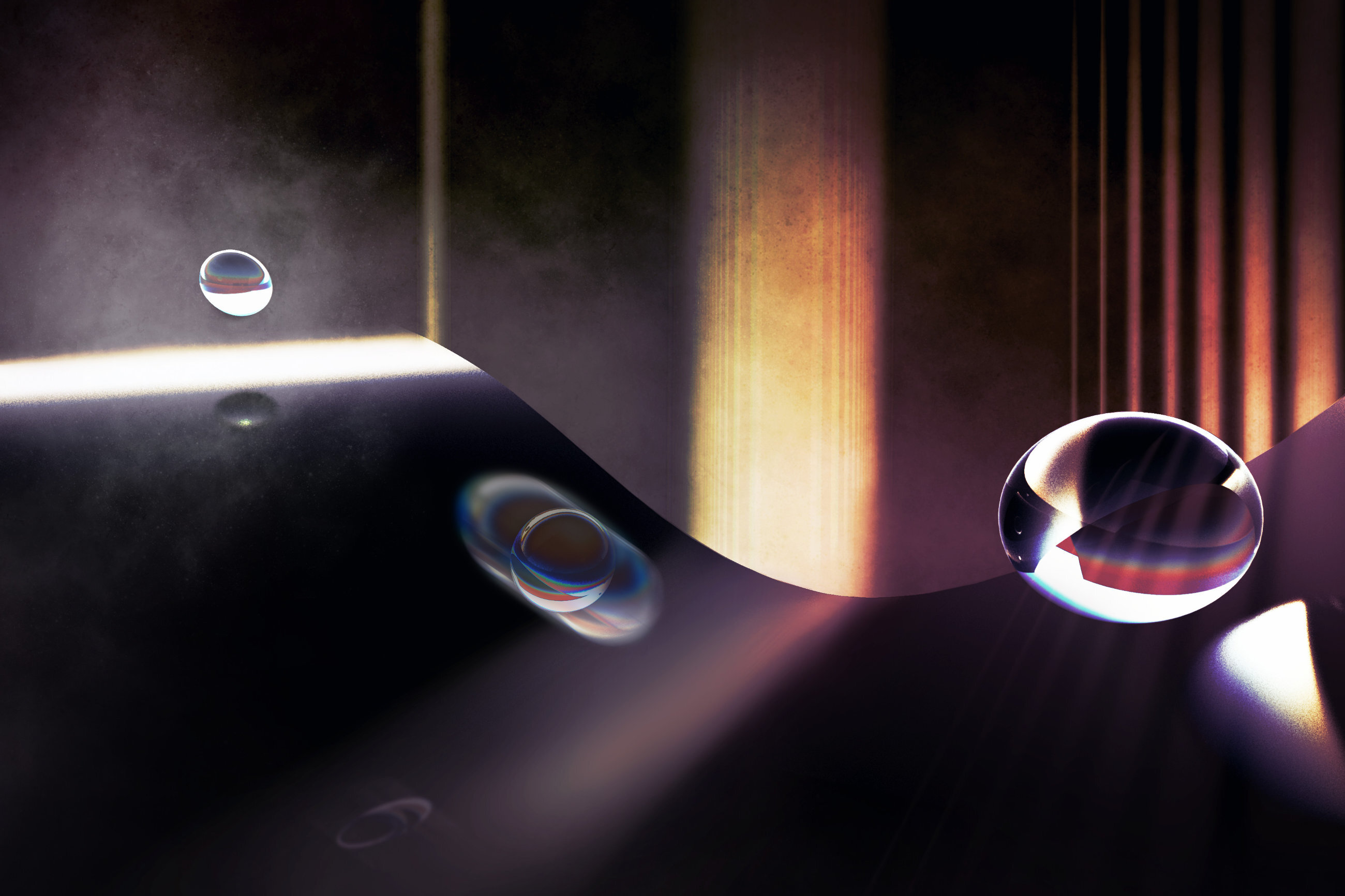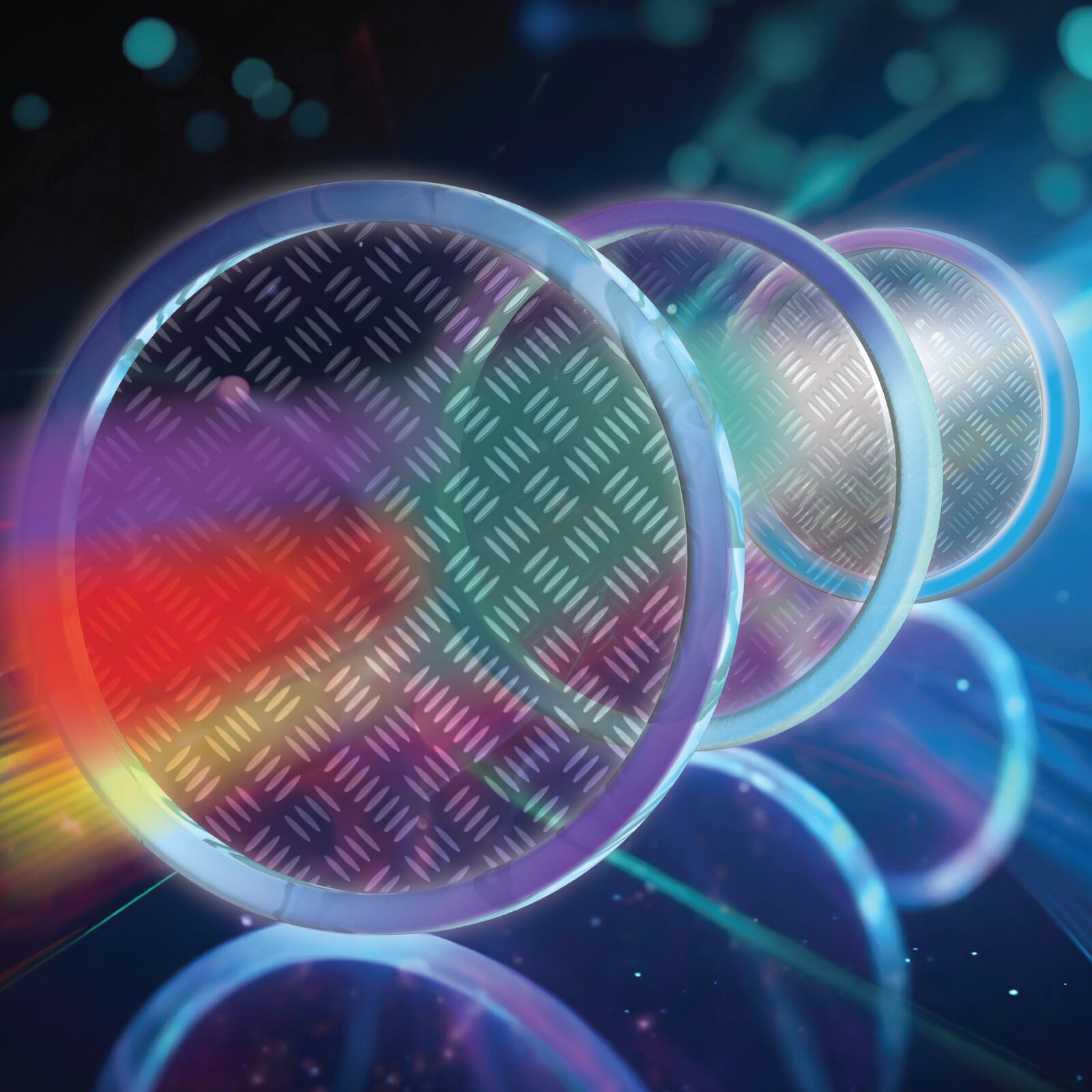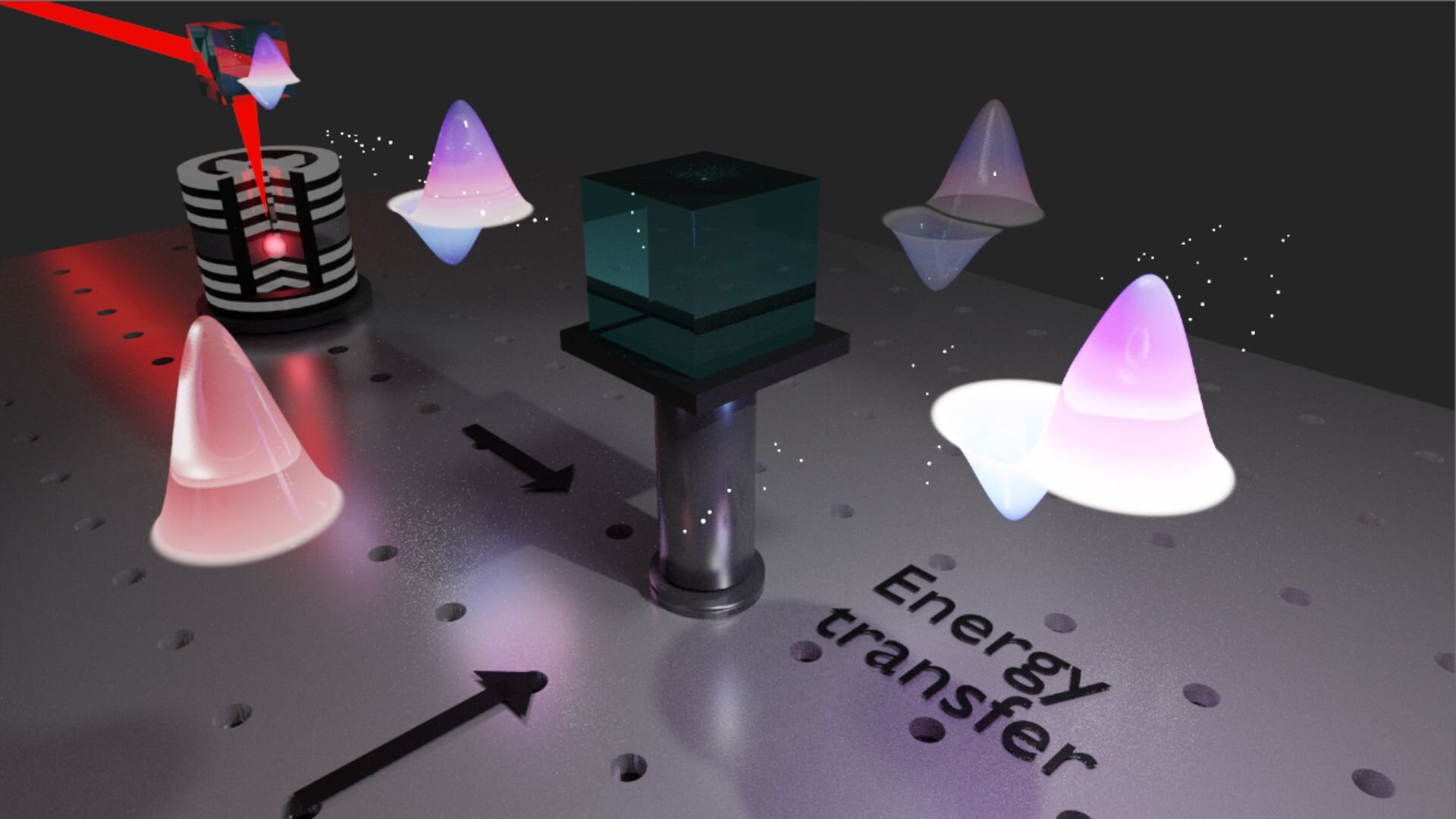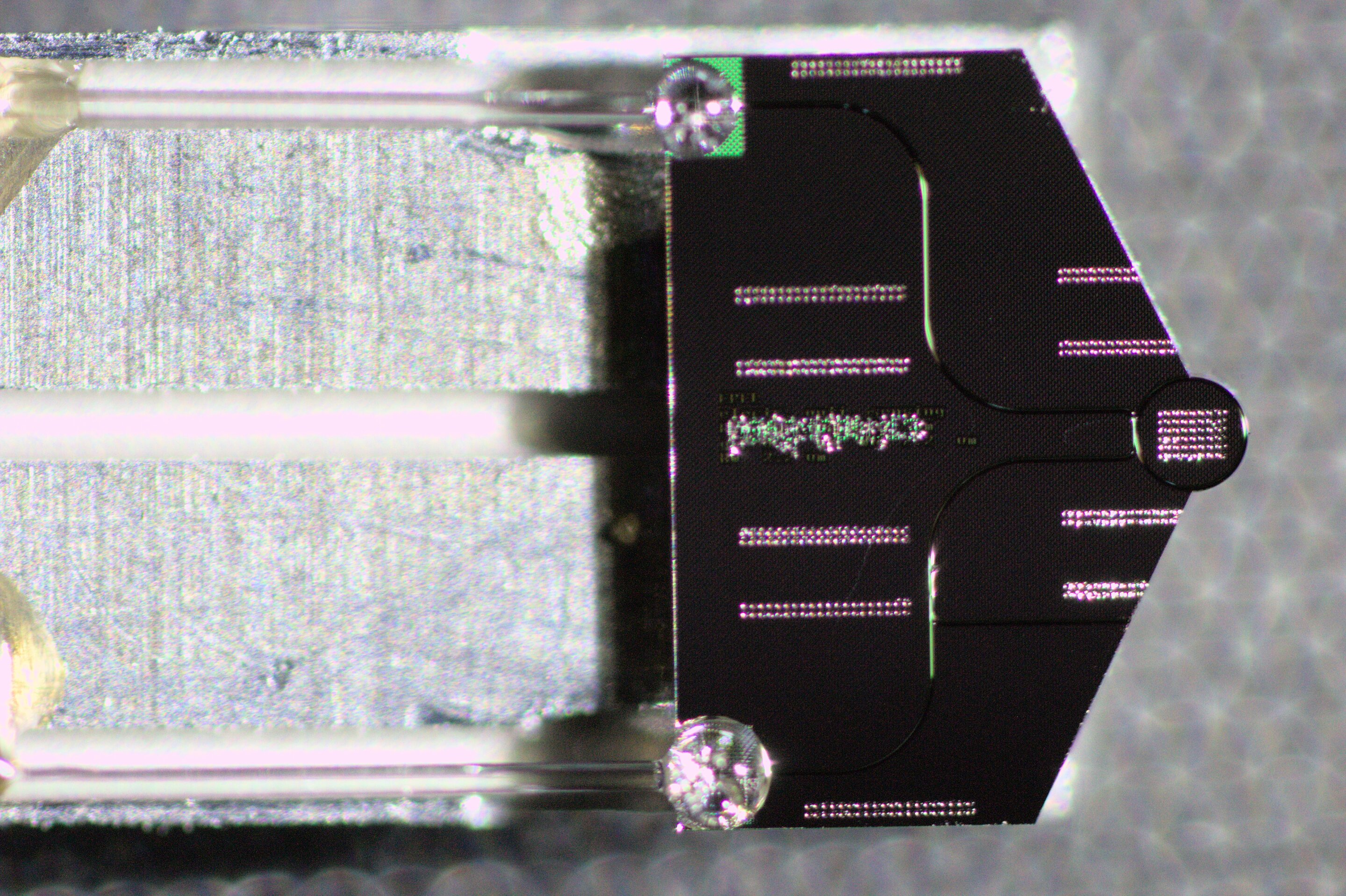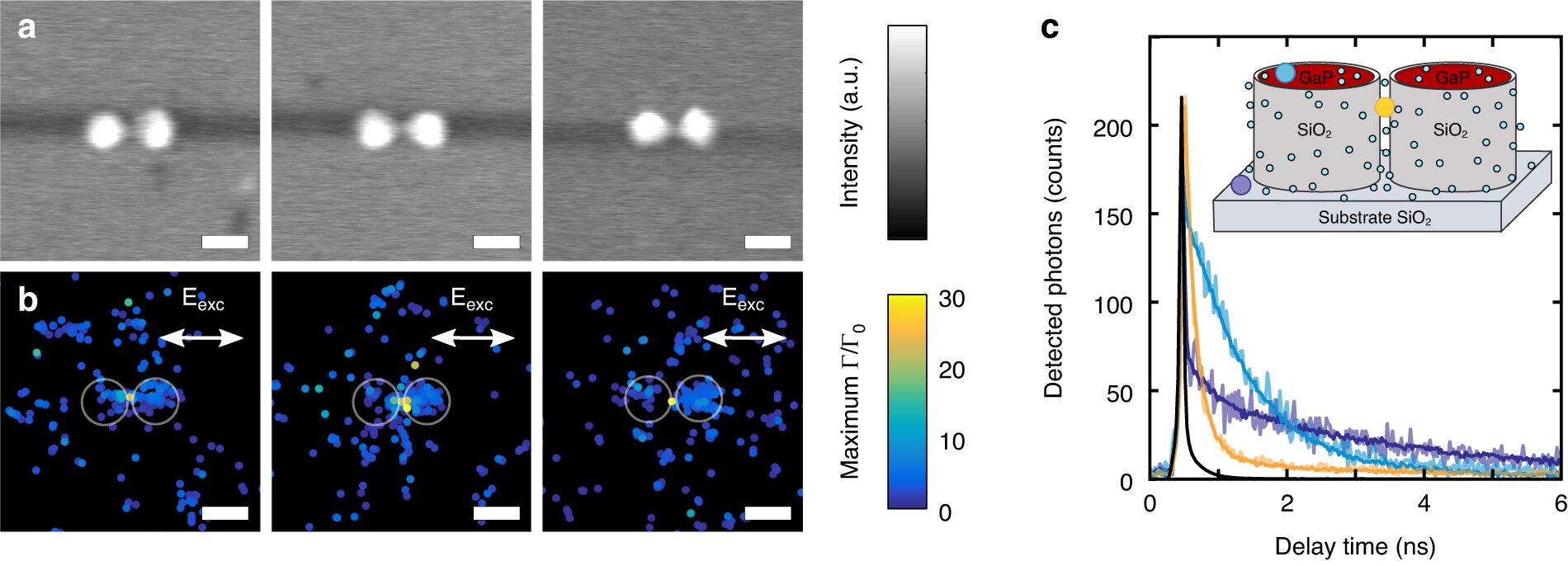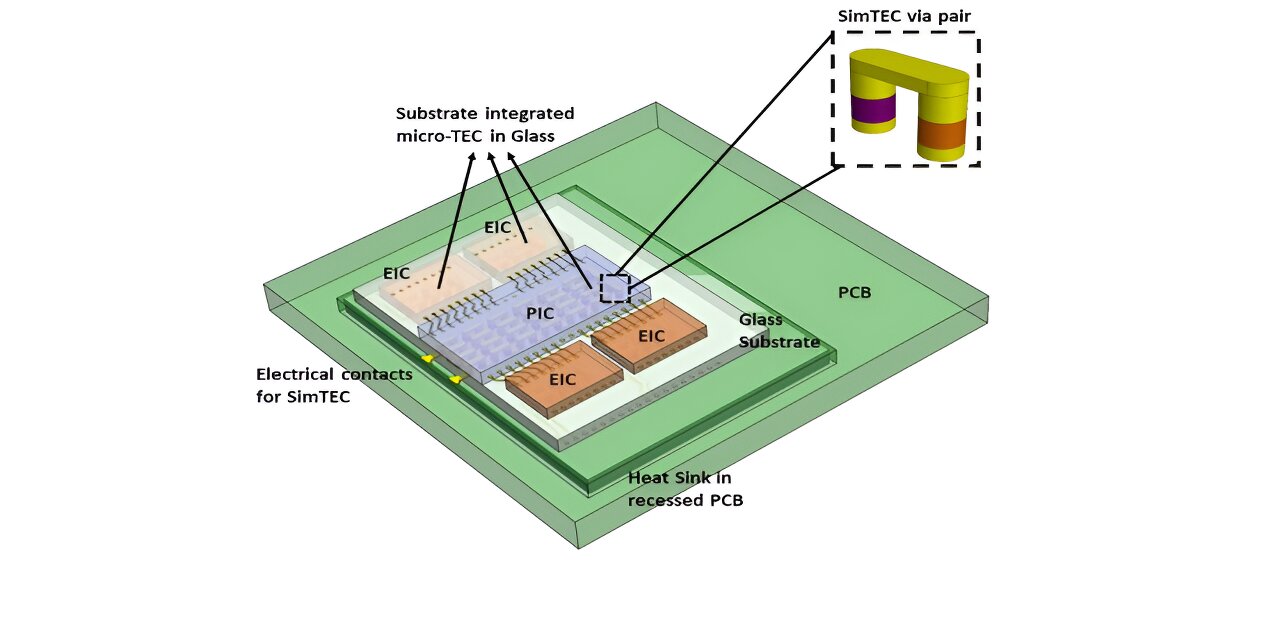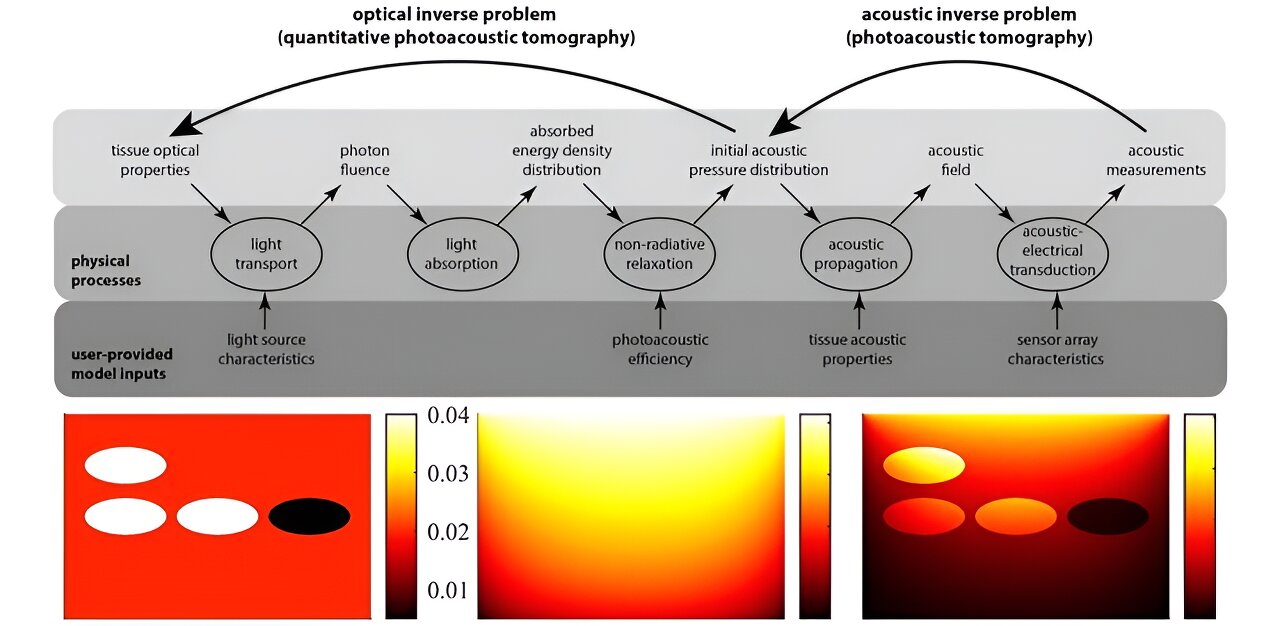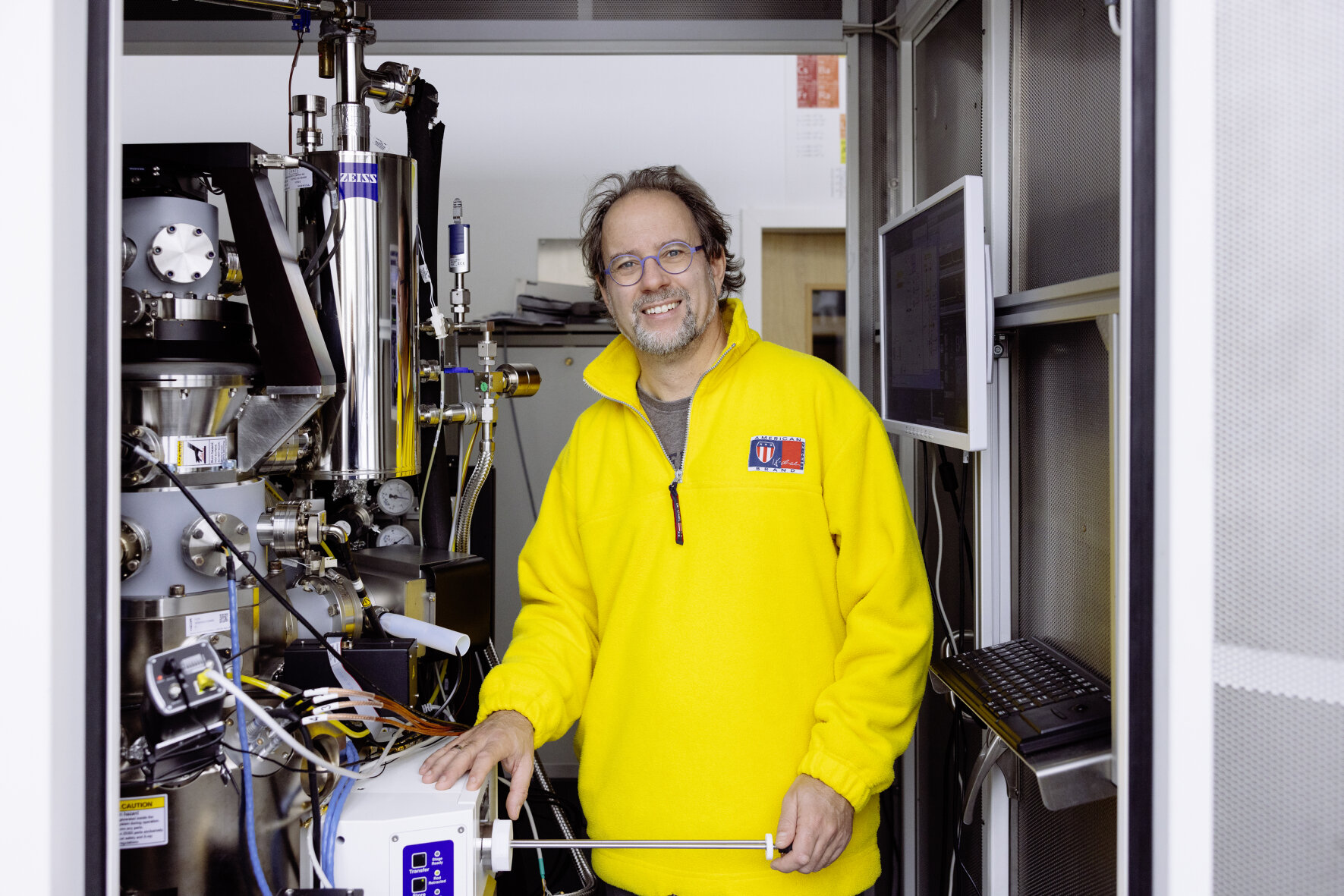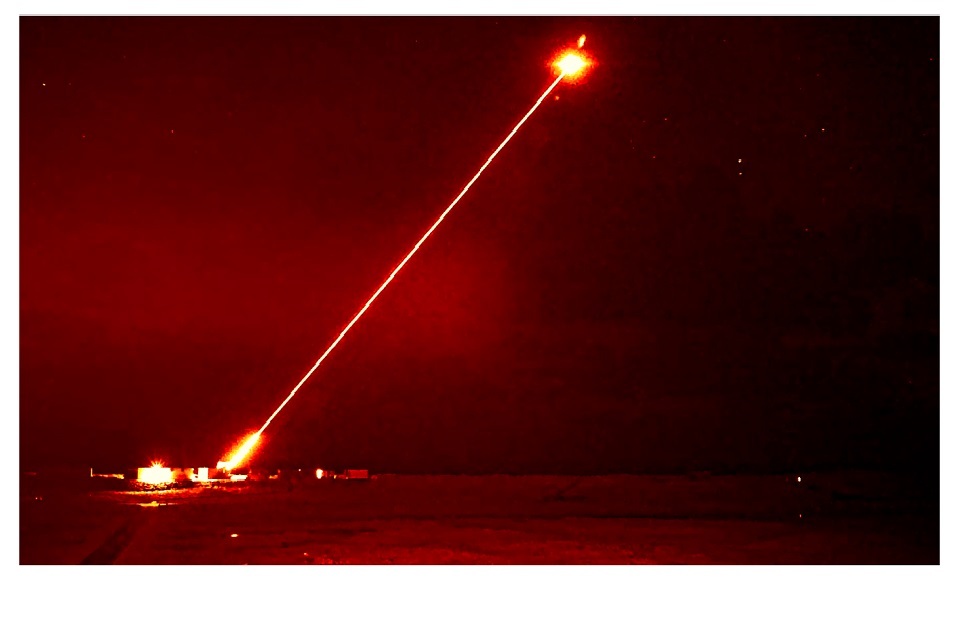- Joined
- 21 April 2009
- Messages
- 13,170
- Reaction score
- 6,060
New Counter-Drone Weapon Works from a Distance
New Counter-Drone Weapon Works from a Distance
Very interesting.New Counter-Drone Weapon Works from a Distance
New Counter-Drone Weapon Works from a Distancewww.nationaldefensemagazine.org
If megawatt class laser output power is achieved with fiber laser weapons within the next few years, which seems likely, then at long last we'll be on par with the output power achieved with the Mid-Infrared Advanced Chemical Laser (MIRACL) in 1980, but in a deployable form factor.It's finally getting to the level where 'game-changing' options become available.
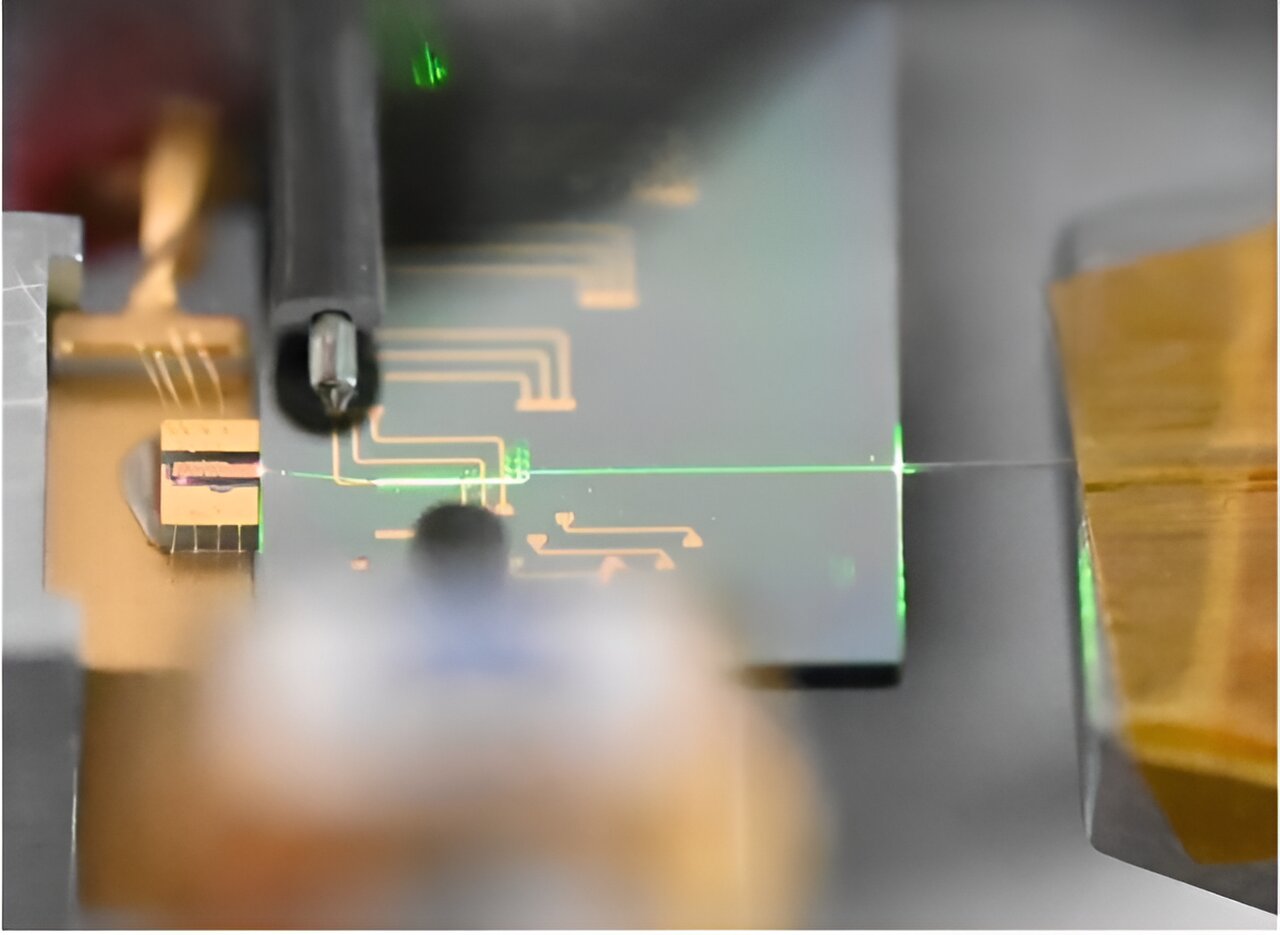
Chip-scale mode-locked lasers are certainly interesting and useful, but I don't understand Guo's statement in the article "'It could also enable futuristic chip-scale atomic clocks, which allows navigation when GPS is compromised or unavailable'" since chip-scale atomic clocks have been commercially available for many years - see for example https://www.microsemi.com/product-directory/embedded-clocks-frequency-references/5207-space-csac .On the small end

Photonics team develops high-performance ultrafast lasers that fit on a fingertip
Lasers are essential tools for observing, detecting, and measuring things in the natural world that we can't see with the naked eye. But the ability to perform these tasks is often restricted by the need to use expensive and large instruments.phys.org
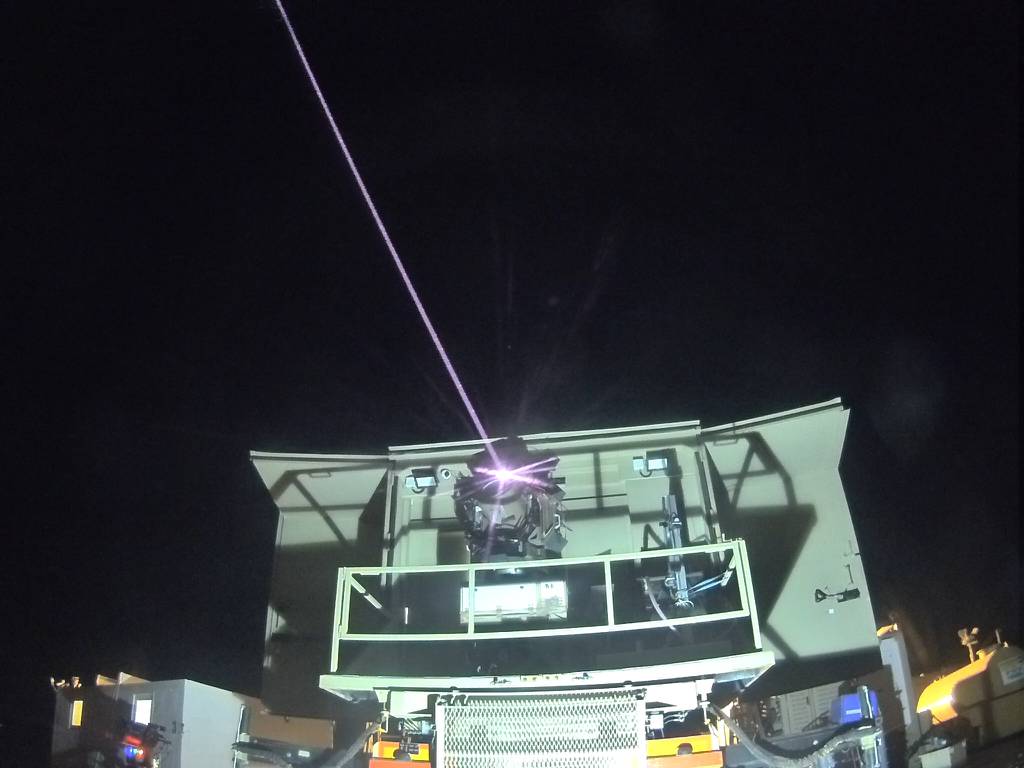
The article states, "The laser weapon portion of the IFPC system is being developed by Lockheed Martin and the Army awarded a contract to Lockheed last month to deliver two 300-kilowatt-class laser weapon systems for the IFPC prototypes program with an option for two additional units." (IFPC stands for Indirect Fire Protection Capability which is a U.S. Army program.)
US seeks to fund Israeli laser as Army considers Iron Beam’s potential
The U.S. Army is eyeing Iron Beam as a possible alternative laser to augment its own fire protection capability.www.defensenews.com
From phys.org
"Laser pulse compression by a density gradient plasma for exawatt to zettawatt lasers."
So that's what tibanna gas is for
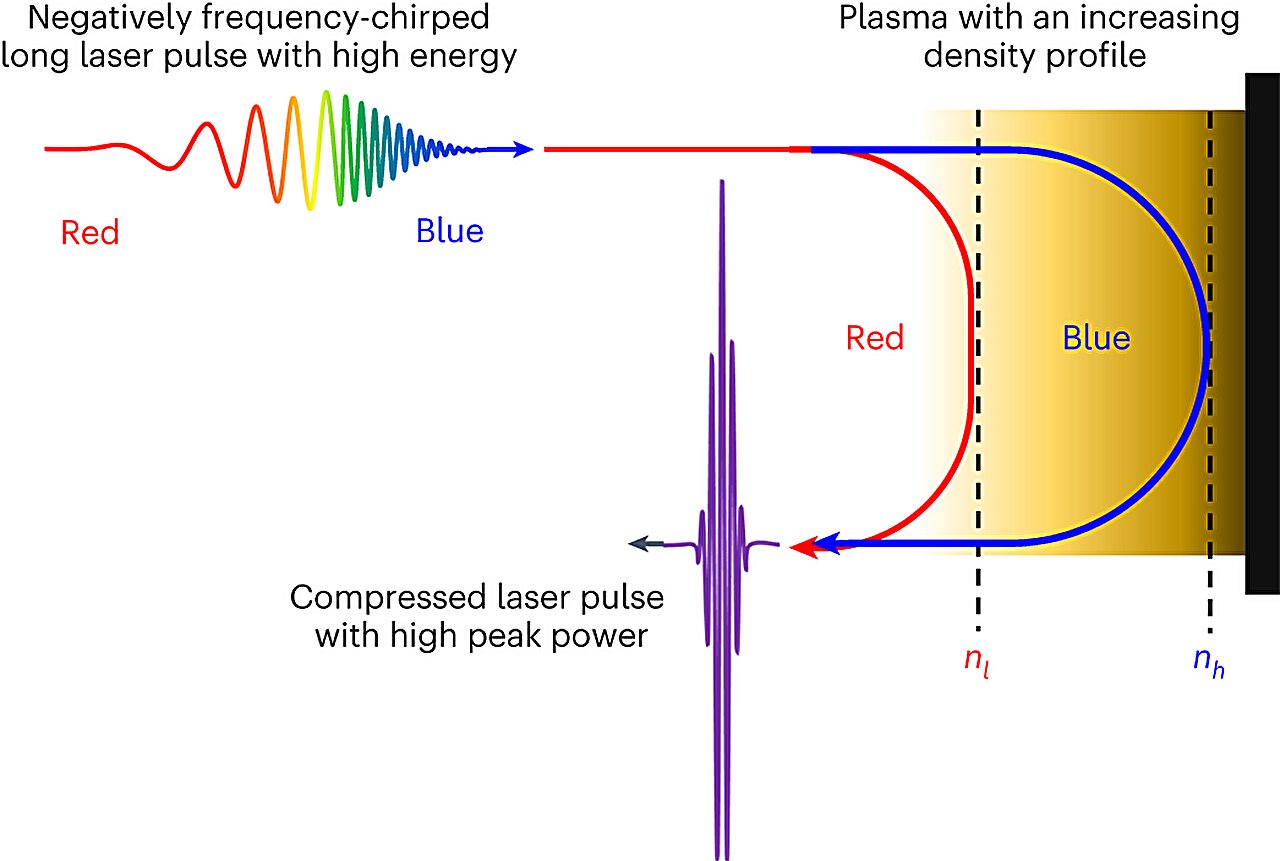
Very interesting. I hope it works in accordance with their simulations when they test it in the lab.
Laser pulse compression by a density gradient plasma for exawatt to zettawatt lasers
A new method of creating laser pulses, more than 1,000 times as powerful as those currently in existence, has been proposed by scientists in the UK and South Korea.phys.org
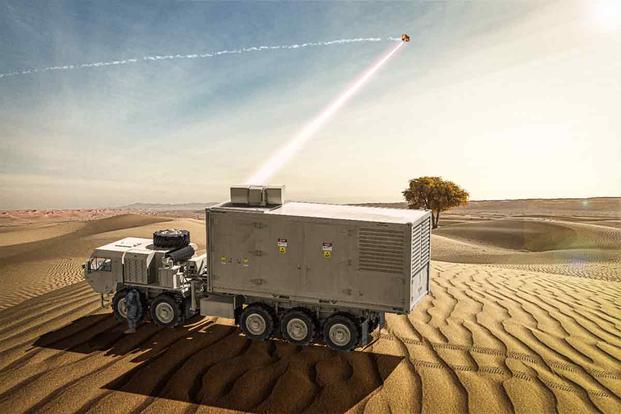
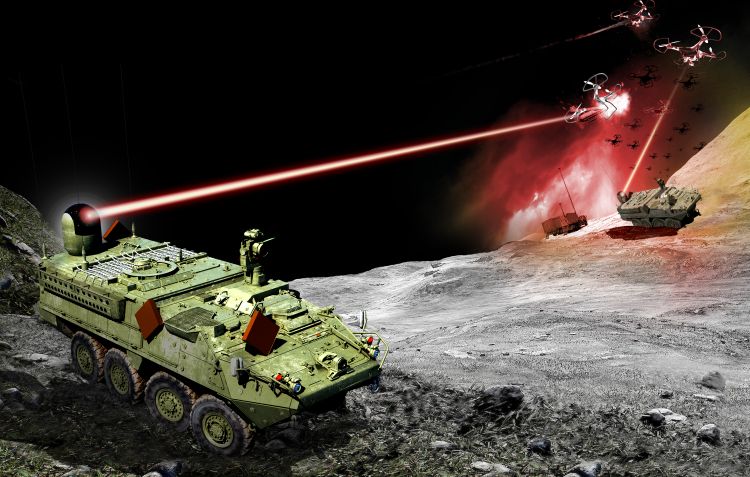
 www.unmannedairspace.info
www.unmannedairspace.info
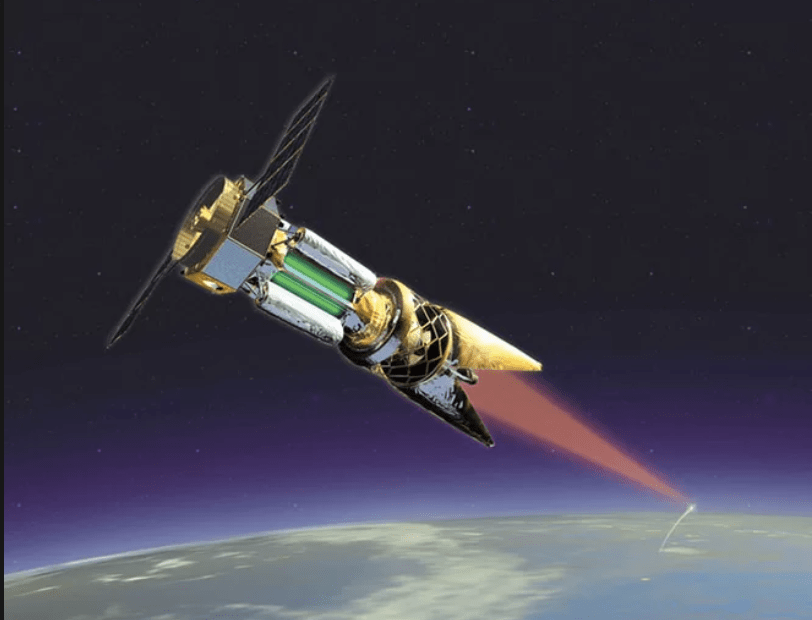
 www.nextbigfuture.com
www.nextbigfuture.com
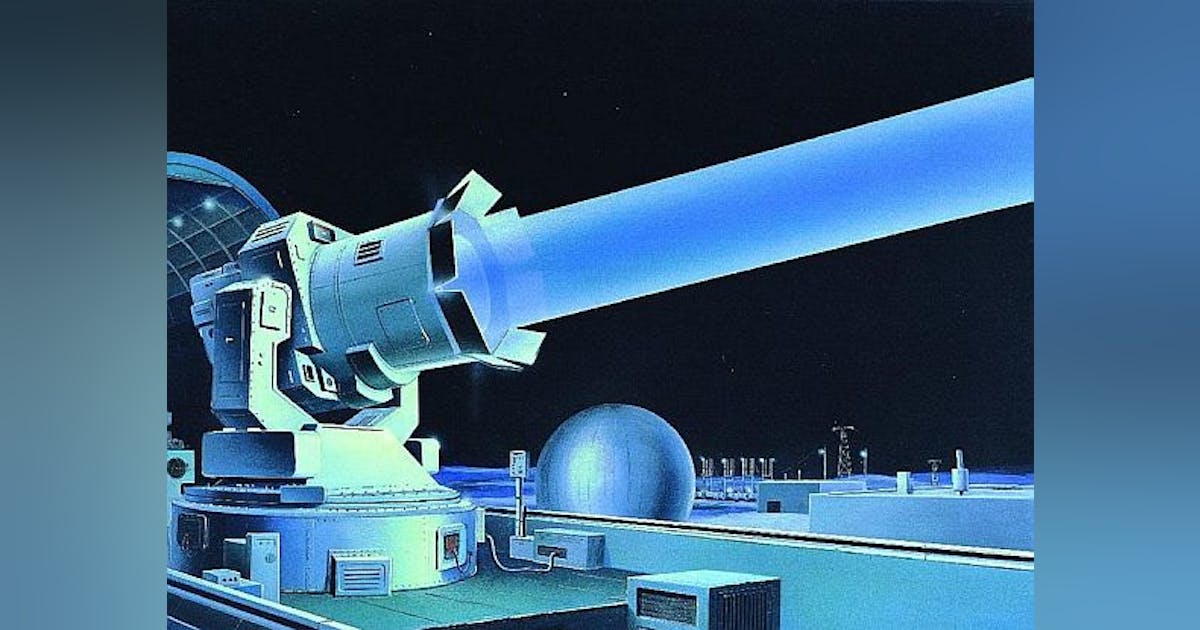
While interesting, those articles are rather old with the first one dated 11 July 2022, the second one dated 15 August 2018, and the third one dated 2 April 2019.There's a 1MW one in the mix too.

Northrop Grumman "on track to deliver 1 megawatt laser to the DoD" - Unmanned airspace
Northrop Grumman Corporation reports it has recently completed the preliminary design review for a high-energy laser prototype that will feature an architecture scalable to morewww.unmannedairspace.info
It's coming....

US targets a megawatt laser by 2023 and then deployment in drones and satellites for hypersonic and ICBM defense | NextBigFuture.com
The US Congress wants the Missile Defense Agency (MDA) to rapidly develop and demonstrate a boost-phase ICBM (and hypersonic weapon) intercept capability aswww.nextbigfuture.com

Military eyes prototype megawatt-class laser weapon for ballistic missile defense in next seven years
FORT BELVOIR, Va. – U.S. missile-defense researchers will brief industry later this month on a project to build a prototype megawatt-class laser weapon within the next seven years...www.militaryaerospace.com
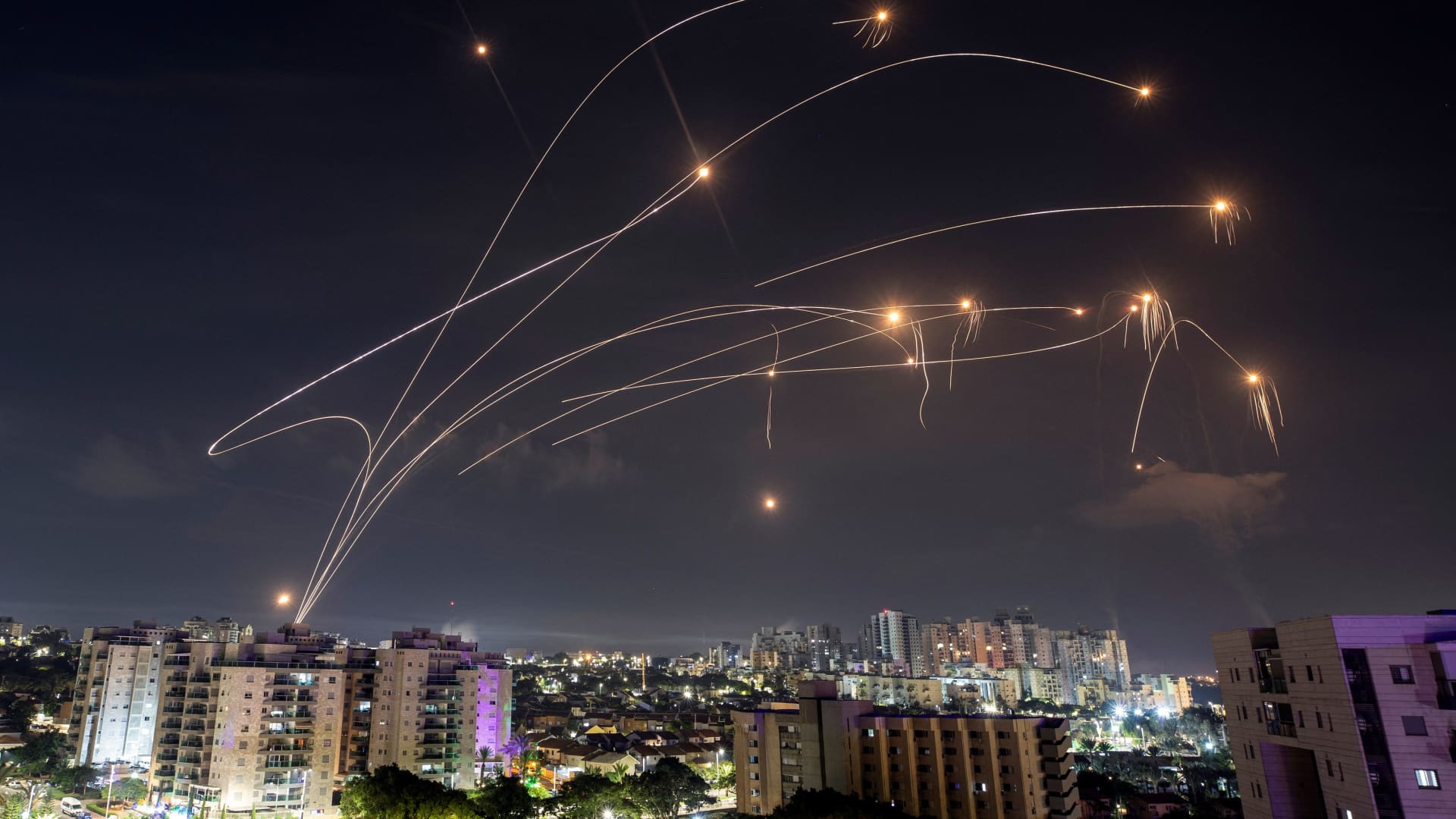
Although the results achieved thus far in the research reported in the paper referenced in the phys.org article are impressive and promising, there are several further steps that need to be demonstrated.Hearing scuttlebutt of Israel getting a hit from it's laser anti-missile system.
Monday's phys.org:
"High-power fiber lasers emerge as a pioneering technology."
The power seems to have tripled.
Is the "scuttlebutt" newer than the discredited reports already discussed in this thread starting on 16 Oct 2023?Hearing scuttlebutt of Israel getting a hit from it's laser anti-missile system.
Monday's phys.org:
"High-power fiber lasers emerge as a pioneering technology."
The power seems to have tripled.
Hearing scuttlebutt of Israel getting a hit from it's laser anti-missile system.
Monday's phys.org:
"High-power fiber lasers emerge as a pioneering technology."
The power seems to have tripled.
20th Nov 2023:Is the "scuttlebutt" newer than the discredited reports already discussed in this thread starting on 16 Oct 2023?
See https://www.c4isrnet.com/battlefiel...ailthru&utm_medium=email&utm_campaign=dfn-dnr
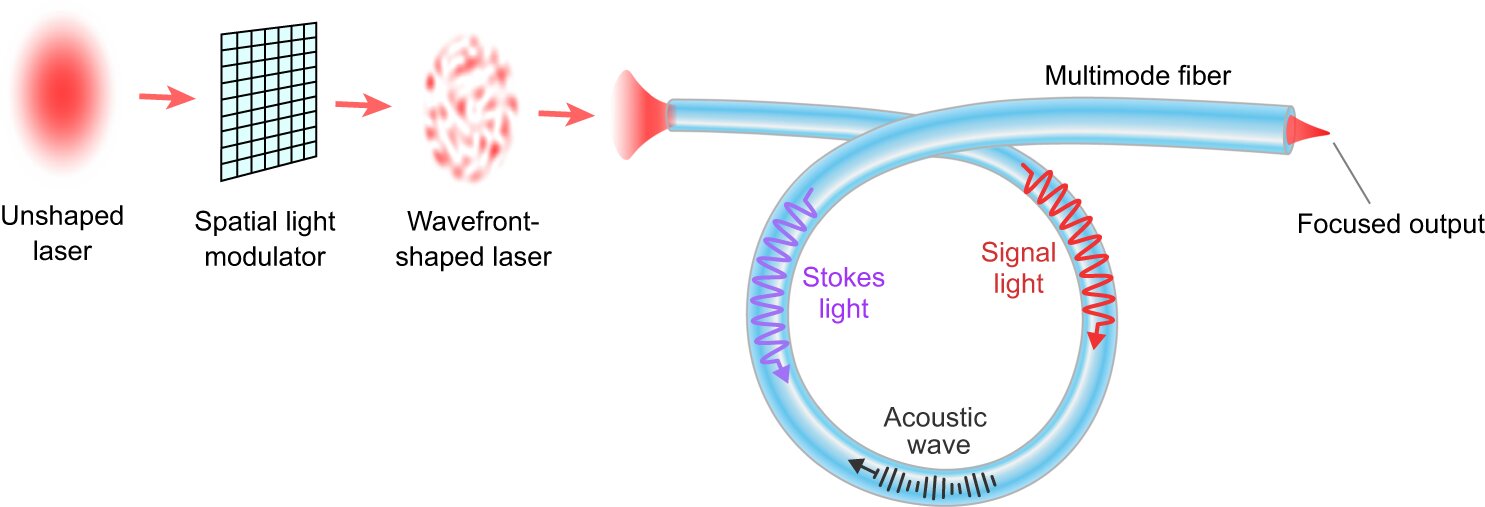
Thanks for posting that document.
Depends, and my math skills are terrible, so I couldn't calculate, but google "pyroclastic flow" and "Pompeii" for a rough idea of what higher energy levels would do.I apologize if this is considered a disturbing question but with all these stories of lasers of Xkw power I’m curious what could they do to a human say standing a hundred yards away?
Like the scene from the Bruce Willis movie the Jackal but using a laser could you cut someone’s arm off with 50kw? 100, 200kw? What would happen with a head shot?
Sorry I’m morbidly curious

Various projections abound for different beam widths:I apologize if this is considered a disturbing question but with all these stories of lasers of Xkw power I’m curious what could they do to a human say standing a hundred yards away?
Like the scene from the Bruce Willis movie the Jackal but using a laser could you cut someone’s arm off with 50kw? 100, 200kw? What would happen with a head shot?
Sorry I’m morbidly curious

 medium.com
medium.com
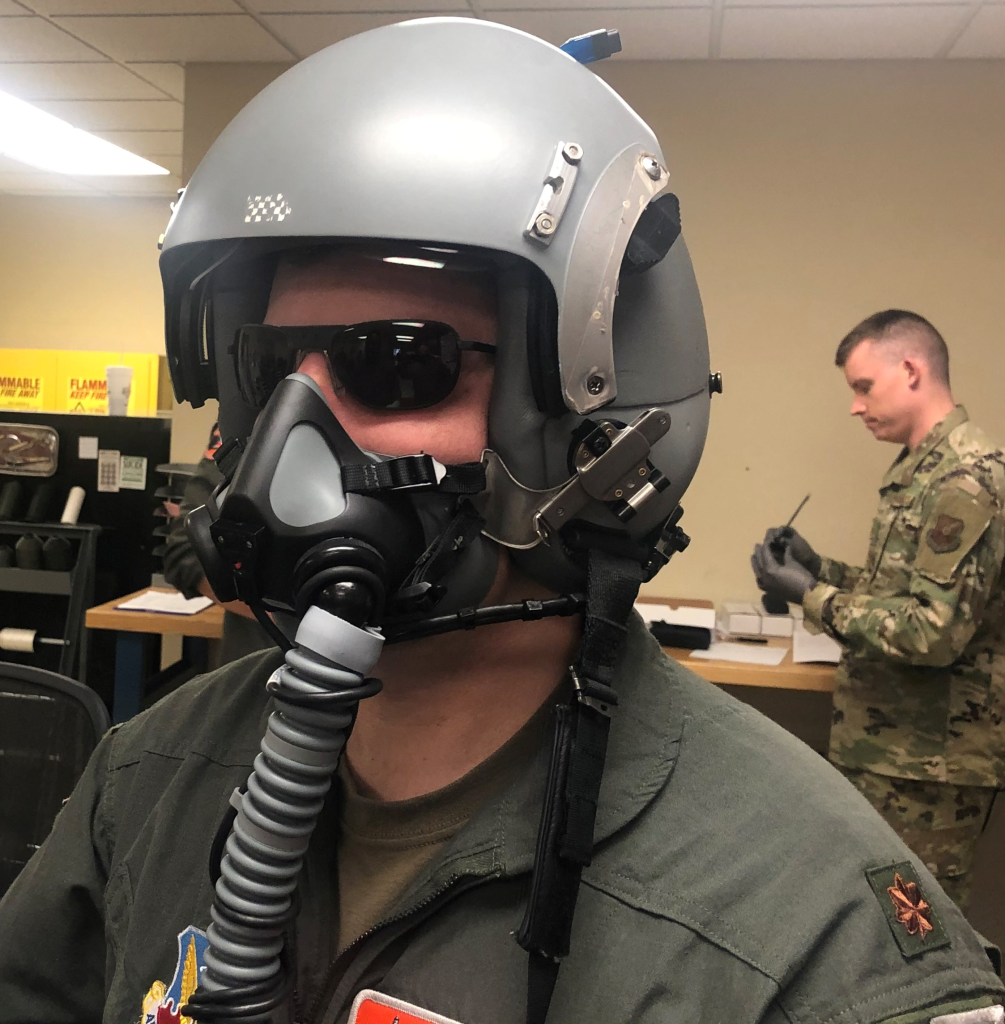
Various projections abound for different beam widths:
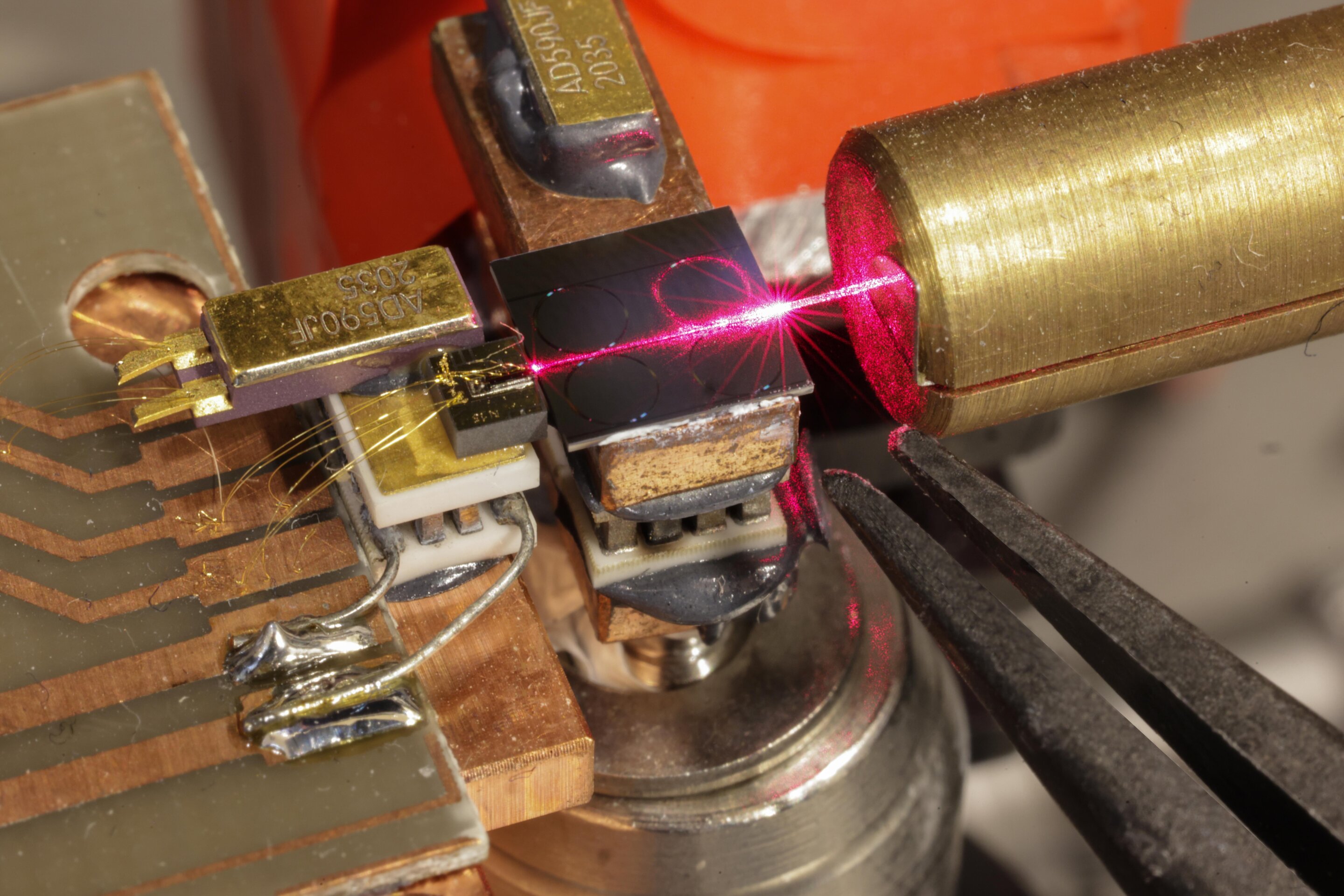
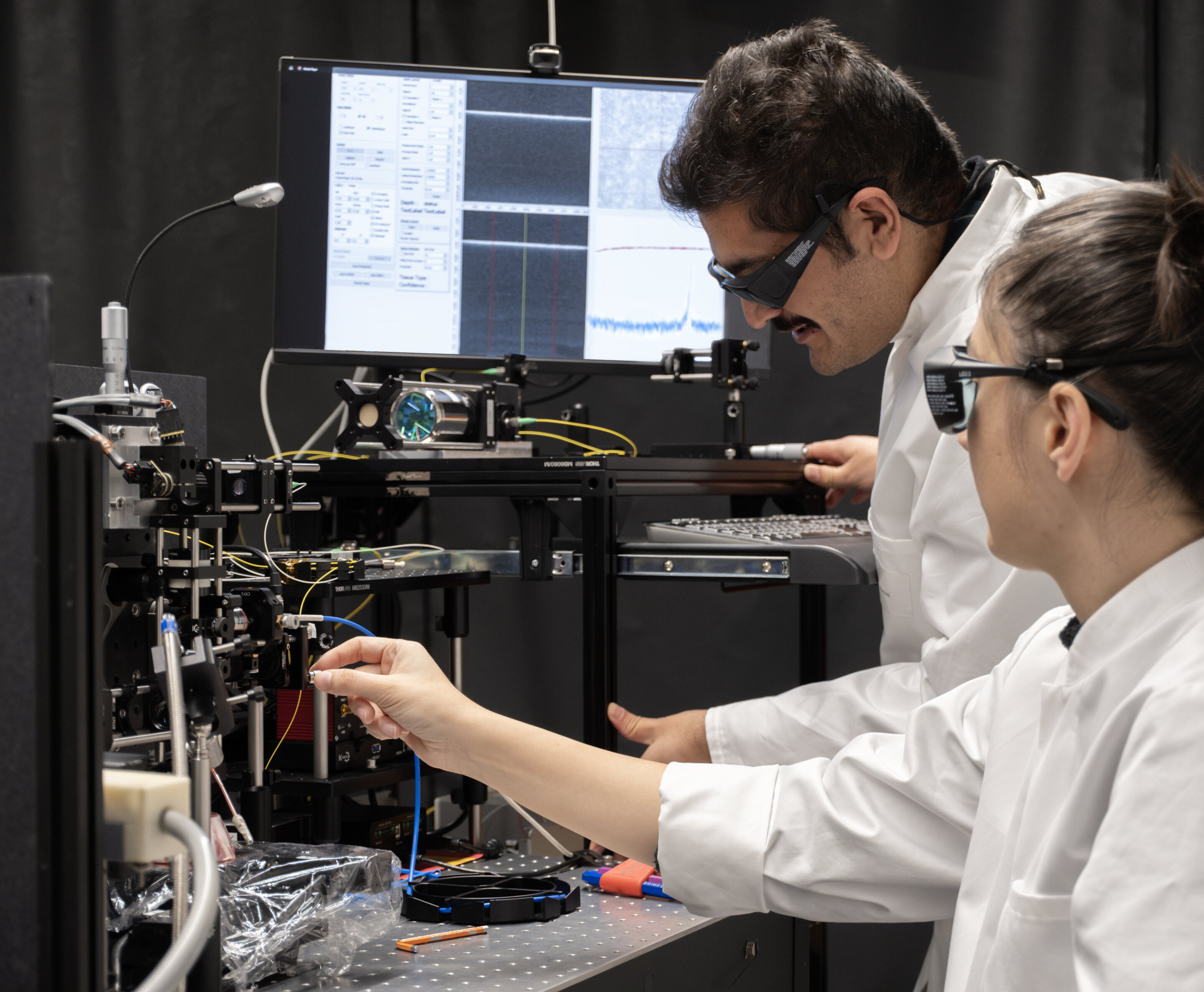
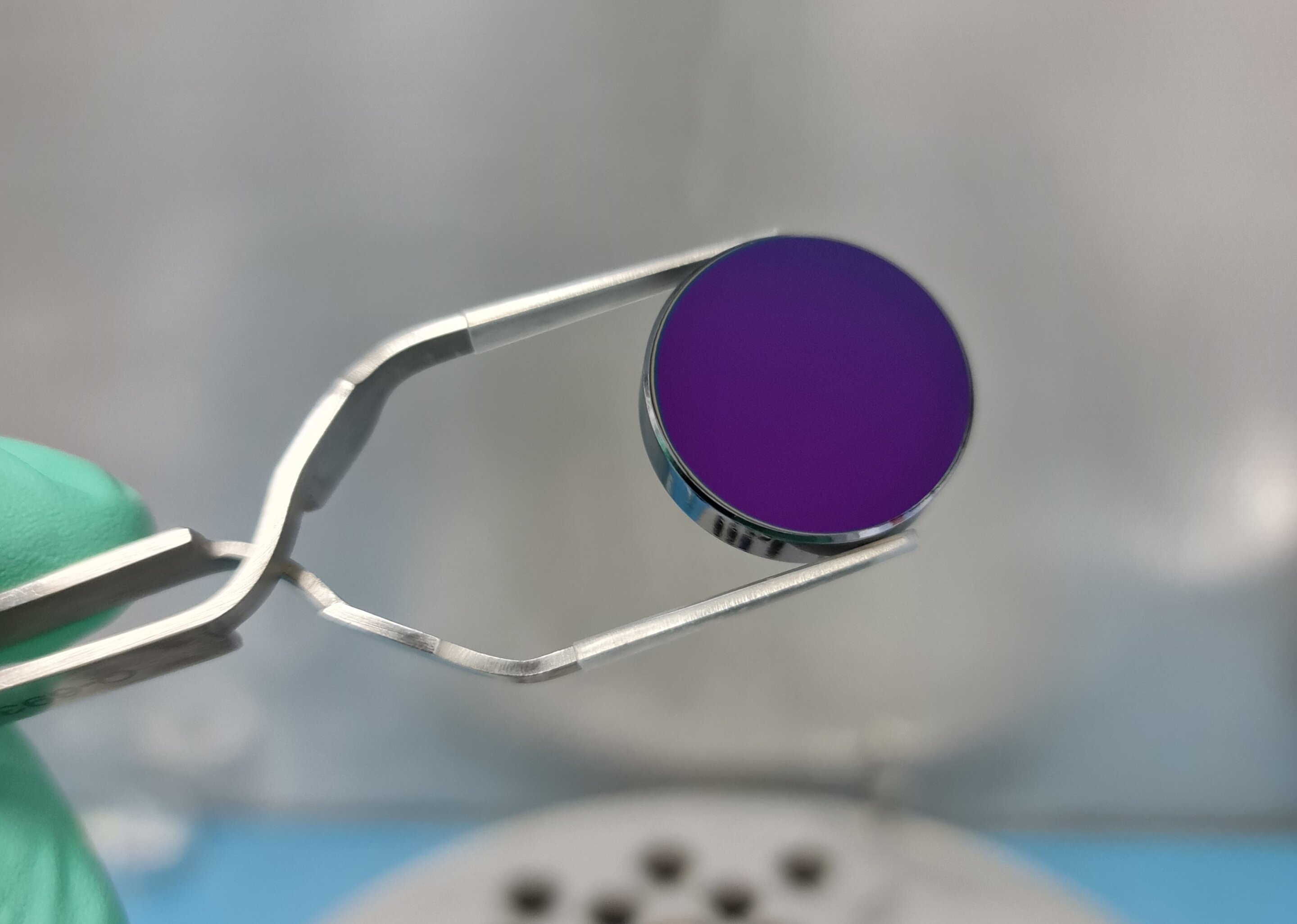
What about David Vincent and The Invaders 1966? You glow red and disappear. Fun fact - Gene Hackman had an appearance in an episode of that as an invader.The 1986 "Invaders from Mars" had really nice haloed beams


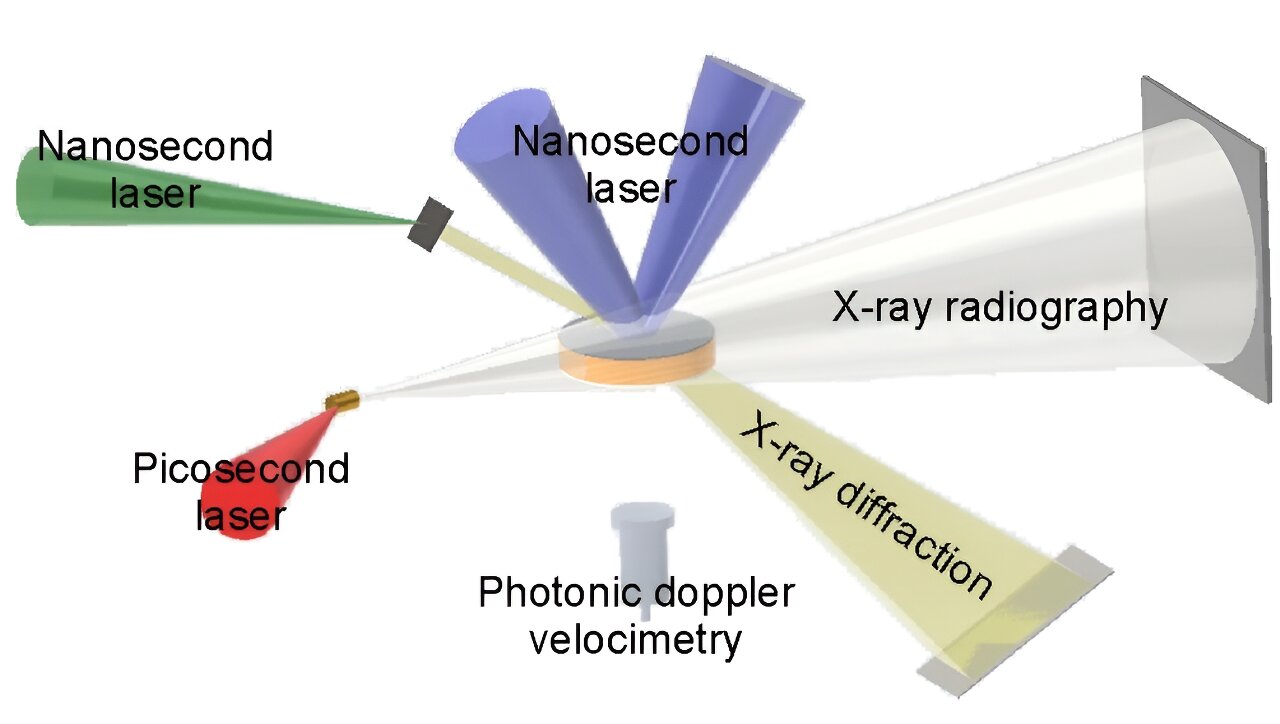
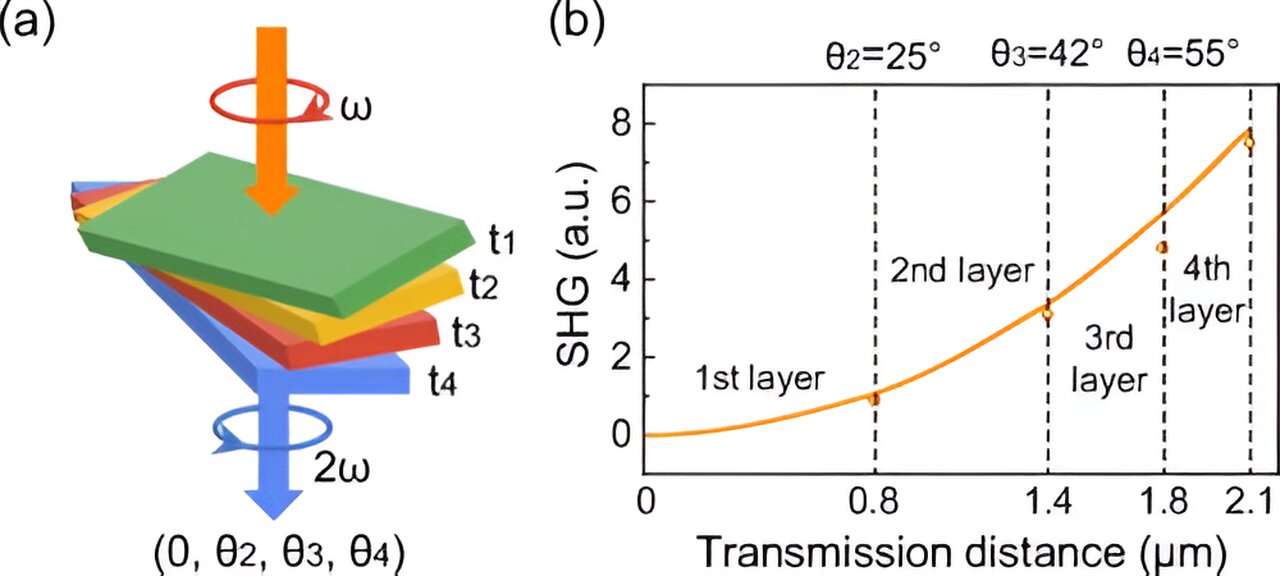
I apologize if this is considered a disturbing question but with all these stories of lasers of Xkw power I’m curious what could they do to a human say standing a hundred yards away?
Like the scene from the Bruce Willis movie the Jackal but using a laser could you cut someone’s arm off with 50kw? 100, 200kw? What would happen with a head shot?
Sorry I’m morbidly curious

